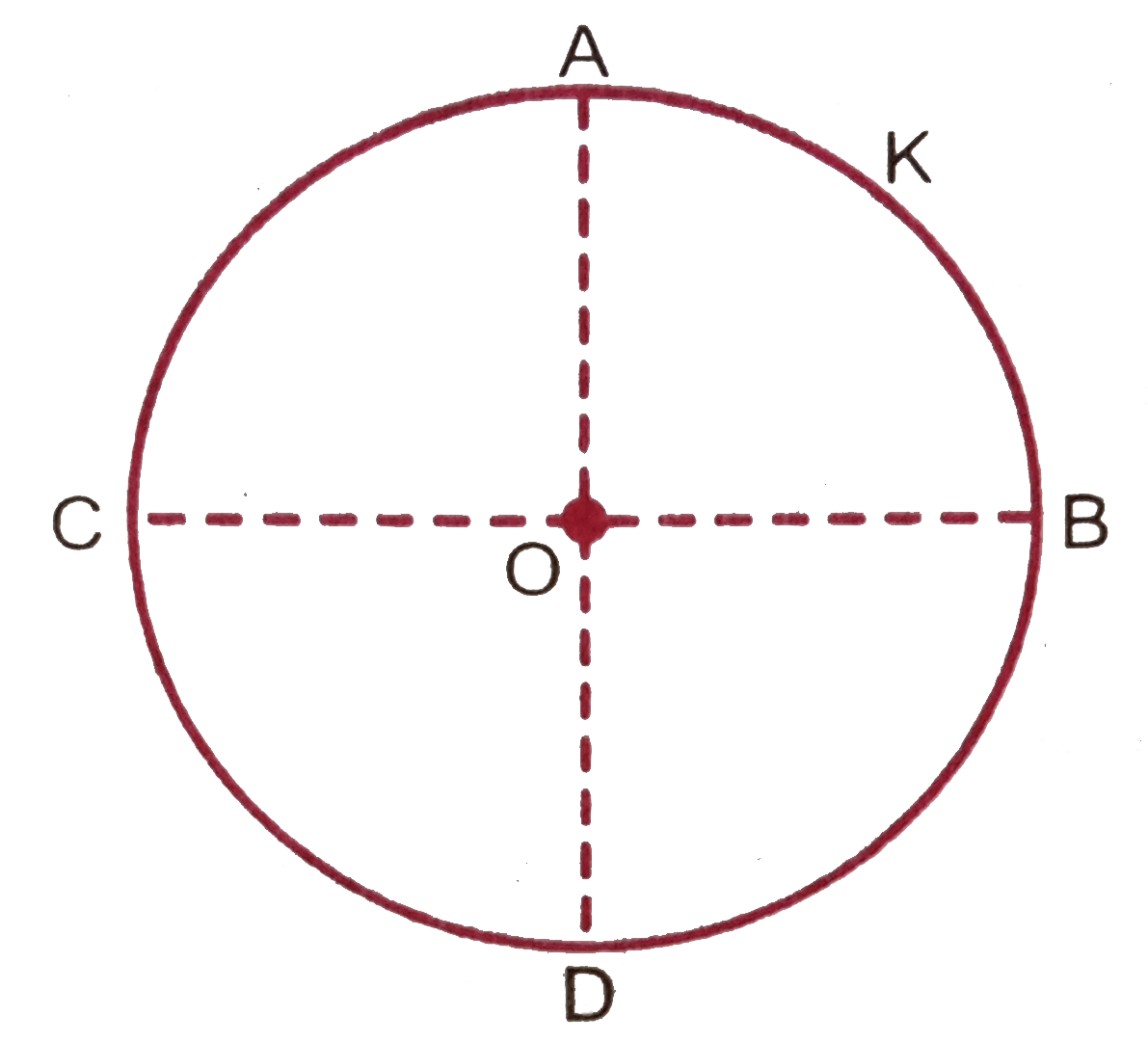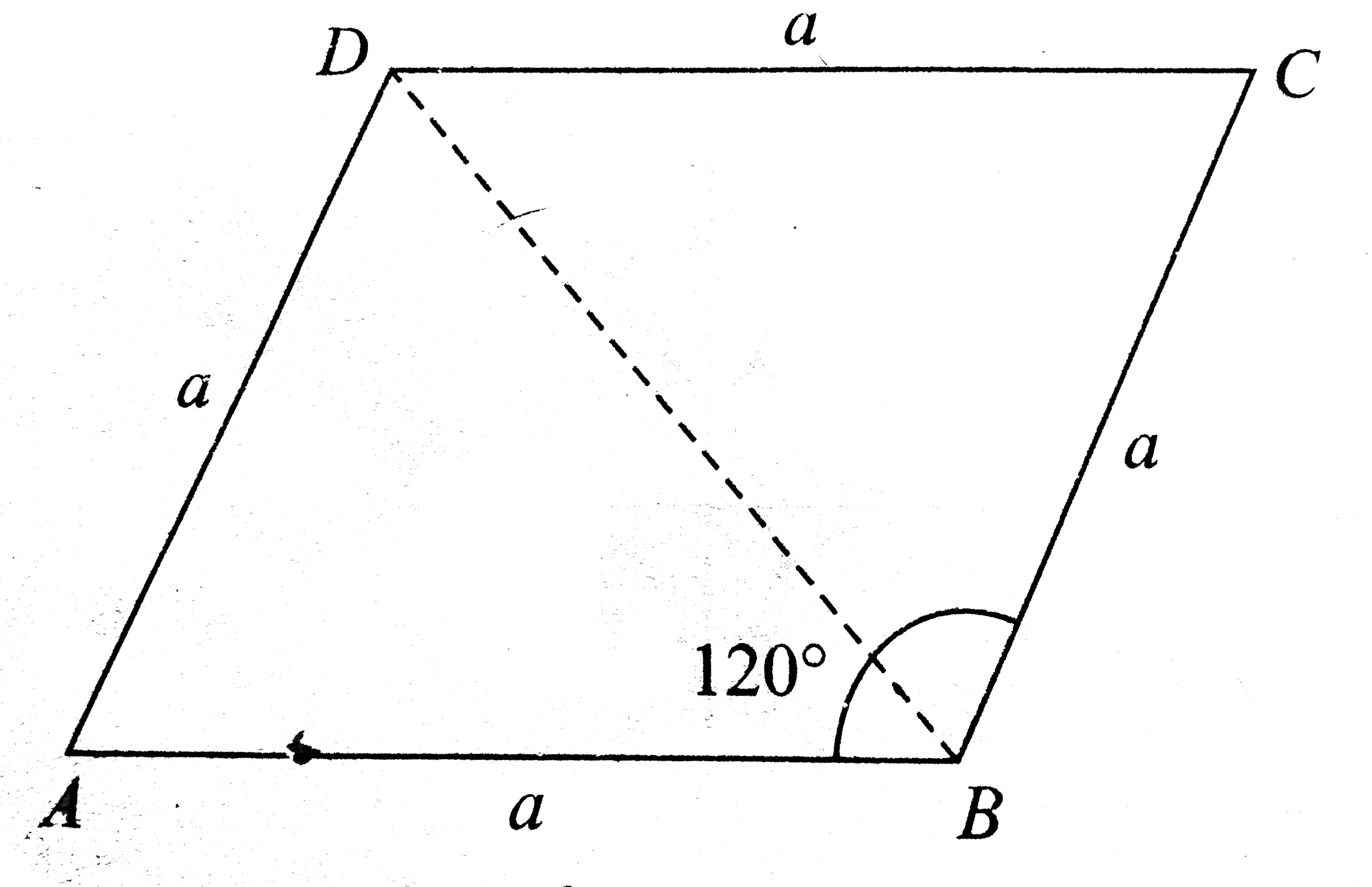The electric potential at a point in free space due to a charge Q coulomb is Q×1011 volts. The electric field at that point is
12πε0Q×1022Vm−1
4πε0Q×1022Vm−1
12πε0Q×1020Vm−1
4πε0Q×1020Vm−1
The correct Answer is:B
To find the electric field at a point in free space due to a charge Q coulombs when the electric potential V at that point is given as V=Q×1011 volts, we can use the relationships between electric potential and electric field.
1. Understanding Electric Potential and Electric Field:
The electric potential V at a distance R from a point charge Q is given by the formula:
V=KQR
where K is Coulomb's constant, K=14πϵ0.
2. Electric Field Formula:
The electric field E due to a point charge Q at a distance R is given by:
E=KQR2
3. Relating R to V:
From the potential formula, we can express R in terms of V:
R=KQV
4. Substituting R in the Electric Field Formula:
Now, substituting R in the electric field formula:
E=KQ(KQV)2
Simplifying this gives:
E=KQ⋅V2(KQ)2=V2KQ
5. Substituting the Given Value of V:
We know V=Q×1011, so substituting this into the equation:
E=(Q×1011)2KQ
This simplifies to:
E=Q2×1022KQ=Q×1022K
6. Substituting the Value of K:
Recall that K=14πϵ0:
E=4πϵ0Q×1022
7. Final Result:
Therefore, the electric field at that point is:
E=4πϵ0Q×1022 volts per meter
The electric potential V at a distance R from a point charge Q is given by the formula:
V=KQR
where K is Coulomb's constant, K=14πϵ0.
The electric field E due to a point charge Q at a distance R is given by:
E=KQR2
From the potential formula, we can express R in terms of V:
R=KQV
Now, substituting R in the electric field formula:
E=KQ(KQV)2
Simplifying this gives:
E=KQ⋅V2(KQ)2=V2KQ
We know V=Q×1011, so substituting this into the equation:
E=(Q×1011)2KQ
This simplifies to:
E=Q2×1022KQ=Q×1022K
Recall that K=14πϵ0:
E=4πϵ0Q×1022
Therefore, the electric field at that point is:
E=4πϵ0Q×1022 volts per meter
Topper's Solved these Questions
- BOOK - NCERT FINGERTPS ENGLISHCHAPTER - ELECTROSTATIC POTENTIAL AND CAPACITANCE EXERCISE - HOTS5videos
ELECTROSTATIC POTENTIAL AND CAPACITANCE
- BOOK - NCERT FINGERTPS ENGLISHCHAPTER - ELECTROSTATIC POTENTIAL AND CAPACITANCE EXERCISE - EXEMPLAR PROBLEMS3videos
ELECTROSTATIC POTENTIAL AND CAPACITANCE
- BOOK - NCERT FINGERTPS ENGLISHCHAPTER - ELECTROMAGNETIC WAVESEXERCISE - Assertion And Reason15videos
ELECTROMAGNETIC WAVES
- BOOK - NCERT FINGERTPS ENGLISHCHAPTER - MAGNETISM AND MATTER EXERCISE - NCERT Exemplar5videos
MAGNETISM AND MATTER
Similar Questions
The electric potential V at any point (x,y,z), all in meters in space is given by V=4x2 volt. The electric field at the point (1,0,2) in volt//meter is
View SolutionThe electric potential V at any point x, y, z (all in meters) in space is given by V=4x2 volts. The electric field at the point (1m, 0, 2m) is……………..V/m.
View Solution
Knowledge Check
- Question 1 - Select One
Electric field intensity at a point B due to a point charge Q kept at point A is 24NC−1, and electric potential at B due to the same charge is 12JC−1. Calculate the distance AB and magnitude of charge.
A10−6CB10−7CC10−10CD10−9C
The electric potential V at any point x,y,z (all in metre) in space is given by V=4x2 volt. The electric field at the point (1m,0,2m) is ……………Vm.
View SolutionA thin conducting ring of radius R is given a charge +Q, Fig. The electric field at the center O of the ring due to the charge on the part AKB of the ring is E. The electric field at the center due to the charge on part ACDB of the ring is
 View Solution
View SolutionA point charge is brought in an electric field. The electric field at a near by point
View SolutionA charge +Q at A as shown produces electric field E and electric potential V at D. If we now put charges −3Q and +Q at B and C, respectively, then the electric field and potential at D will be
 .View Solution
.View SolutionAlong the x-axis, three charges q2,−q and q2 are placed at x=0,x=a and x=2a respectively. The resultant electric potential at a point P located at a distance r from the charge −q, (r>>a) is : ( ε0 is the permittivity of free space)
View SolutionA point charge q1 is held stationary at the origin. A second charge q2 is placed at a point a, and the electric potential energy of the pair of charges is −6.4×10−8J. When the second charge is moved to point b, the electric force on the charge does 4.2×10−8J of work. What is the electric potential energy of the pair of charges when the second charge is at point b?
View Solution(A)Two point charges q1 and q2 are kept r distance apart in a uniform external electric field →E. Find the amount of work done in assembling this system of charges. (B) A cube of side 20 cm is kept in a region as shown in the figure. An electric field →E exists in the region such that the potential at a point is given by V=10x+5, where V is in volt and x is in m. Find the electric field →E and (ii) total electric flux through the cube.
 View Solution
View Solution

